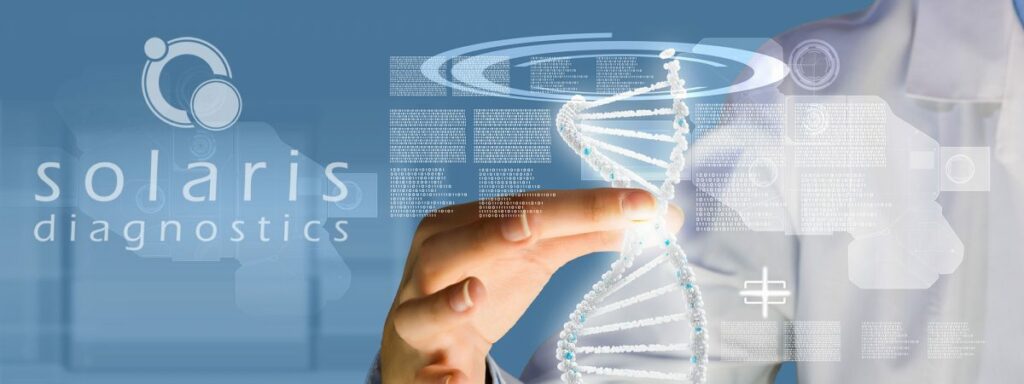Clostridium Difficile (C. Difficile)
Clostridium difficile (C. difficile) is spore-forming, Gram-positive anaerobic bacillus that produces two exotoxins: toxin A and toxin B. It is a common cause of antibiotic-associated diarrhea (AAD) and accounts for 15 to 25% of all episodes of AAD. It can cause diarrhea and other intestinal problems. C. difficile is commonly found in healthcare settings, such […]
Chlamydia Pneumonia (Part2)
Individuals at Risk Chlamydia Pneumonia affects people of all ages and spreads quickly in crowded areas. School-aged children and people in hospitals have a significant risk of infection. Older adults are at higher risk of reinfection and developing more severe symptoms. Methods of Infection Chlamydia Pneumonia is spread through respiratory excretions and commonly spread through […]
Chlamydia Pneumonia (Part 1)
Chlamydia Pneumonia Symptoms and Characteristics Background A member of the Genus Chlamydia, the Species Chlamydia Pneumonia is a gram-negative microparasitic bacterium that will grow and reproduce inside of the host’s cells. One of the first known cases of Chlamydia Pneumonia is from Taiwan in the 1950s and was officially discovered in the 1960s during vaccine […]
Pseudomonas aeruginosa

Pseudomonas aeruginosa is a gram-negative rod that grows in aerobic conditions. It is a multidrug-resistant pathogen associated with hospital-acquired infections, ventilator-associated pneumonia, sepsis, and urinary tract infections. This bacterium is considered an opportunistic organism because it can cause very serious infections in those with preexisting conditions – most notably cystic fibrosis and immunocompromised patients. When […]
Respiratory Pathogen Panels

Zeroing in on Respiratory Tract Infections Chest and lung infections result in highly variable symptoms that complicate diagnosis. Nasal congestion, coughing & sneezing, fever, painful swallowing, and sore throat: these indications and more offer doctors no immediate clue as to whether the infectious agent is bacterial, viral, or fungal. Serology and culturing are traditional methods […]
Precision Medicine through Molecular Diagnostics

How Molecular Diagnostics is Changing Medicine Molecular biology is not new. Throughout the 1990s, genetics research led to the discovery of new genes and to the development of DNA sequencing techniques that, over time, helped miniaturize and commercialize the testing process. Today, molecular diagnosis is practical and affordable for use in clinical laboratories, making it […]
